P
hotography is constantly shape-shifting. A photograph can be taken in endless ways, and photographers are always looking for new boundaries to break in the medium. Knowing different types of photography will allow your own excursions into the medium to be all the more fruitful.
- Large Format Photography
- Commercial Photography
- Conceptual Photography
- Fine Art Photography
- Street Photography
- Aesthetic Photography
- Landscape Photography
- Editorial Photography
- Contrast Photography
- Sepia Tone Photography
- Sports Photography
- Natural Light Photography
- Black and White Photography
- Glamour Photography
- Wedding Photography
- Portrait Photography
- Film Photography
- Event Photography
Types of Photography
1. Large Format Photography
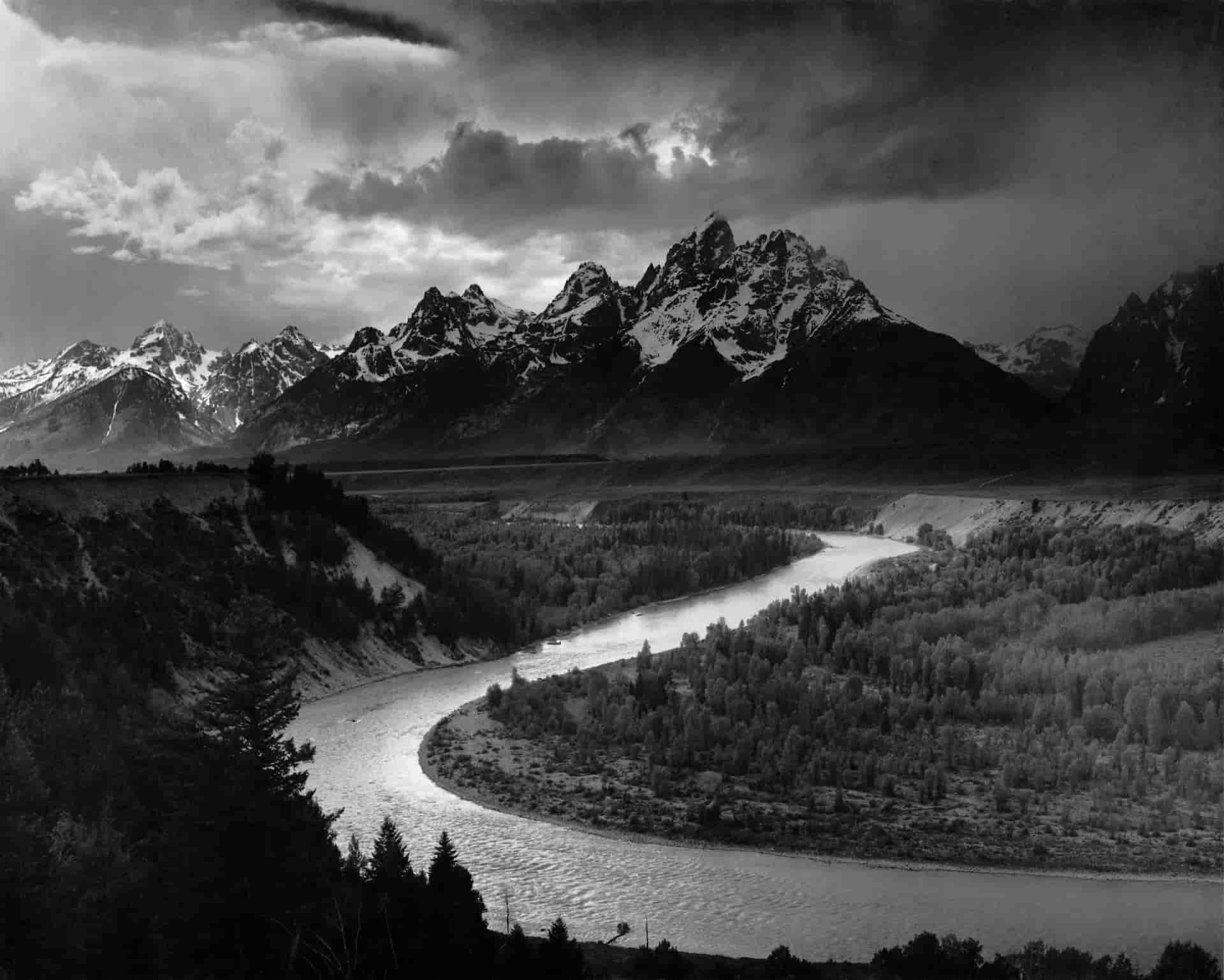
Shot on a large format • Styles of photography
Large format photography gives you about the highest-quality image you can capture. The detail of an exceptionally large format photograph is incredible.
Large format photography refers to a camera with a frame that is over 4x5 inches. This can go all the way up to 8x10 inches– anything larger will require a bit more work on the back end when developing the image.
Large format photography is great for more sedentary shoots, like portraits or landscape, since the camera is a bit more cumbersome.
Types of Photography
2. Commercial Photography

Now that’s what I call an advertisement • Photography types
Where would the advertising business be without photography? Not anywhere good. Commercial photography is a huge and lucrative market for any photographer looking to make a living on their craft.
Of course, commercial photography varies widely in form, depending on the client and their needs. Usually, however, if you’re photographing a product, you want it to be easily digestible and aesthetically pleasing.
Types of Photography
3. Conceptual Photography
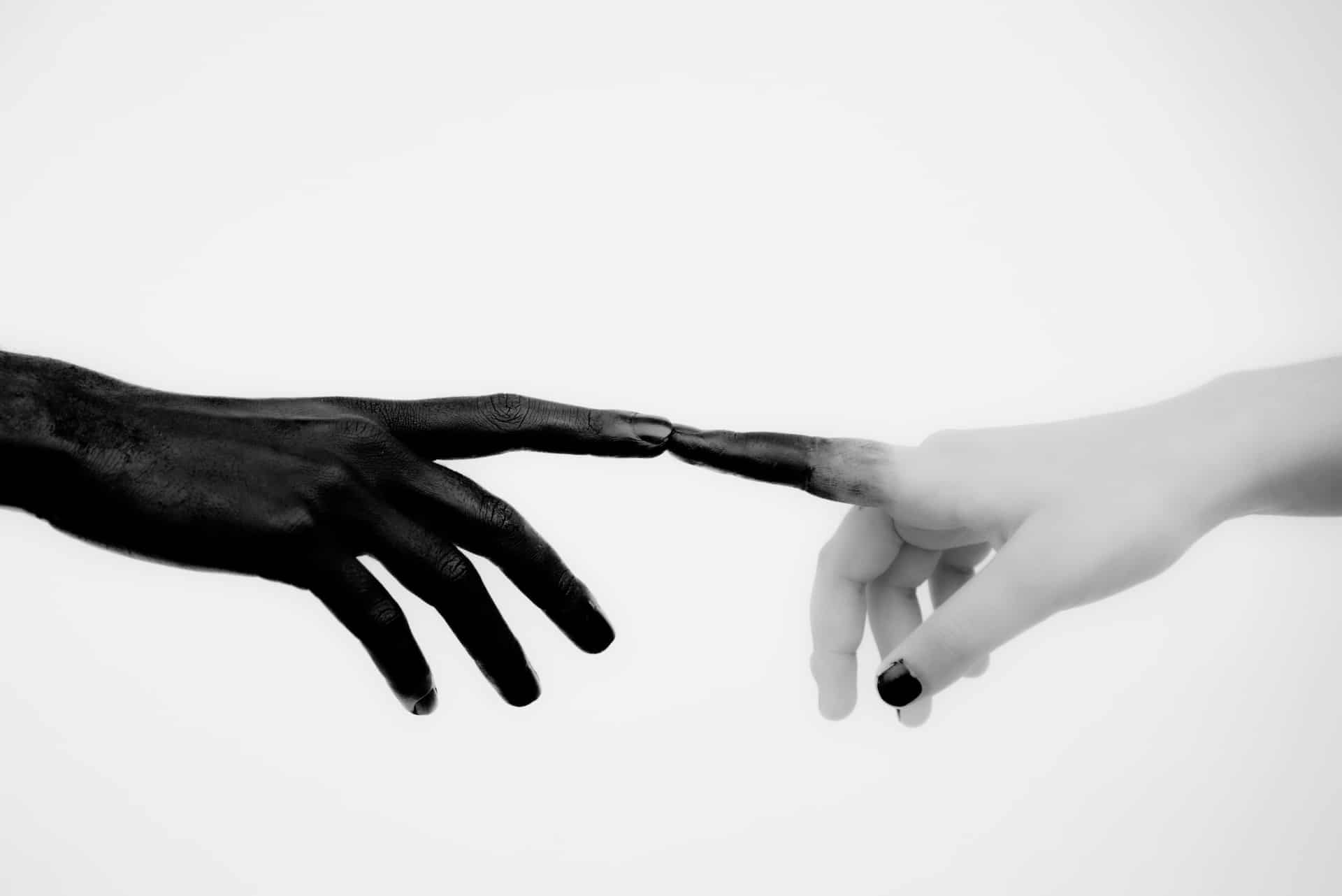
What a concept • Photography types
Most pictures have some sort of concept behind them– or at least a purpose. But conceptual photography refers to photos where the concept drives the direction of the photo.
Take the above picture. Here, the concept is “What if someone swam across the street, rather than walked?” It’s a quick, snappy idea, and the photo delivers on it.
Another way to think of conceptual photography is by asking the question: “Can I sum up this photo entirely with a single idea?” If the answer’s yes, you’ve probably got conceptual photography.
Types of Photography
4. Fine Art Photography
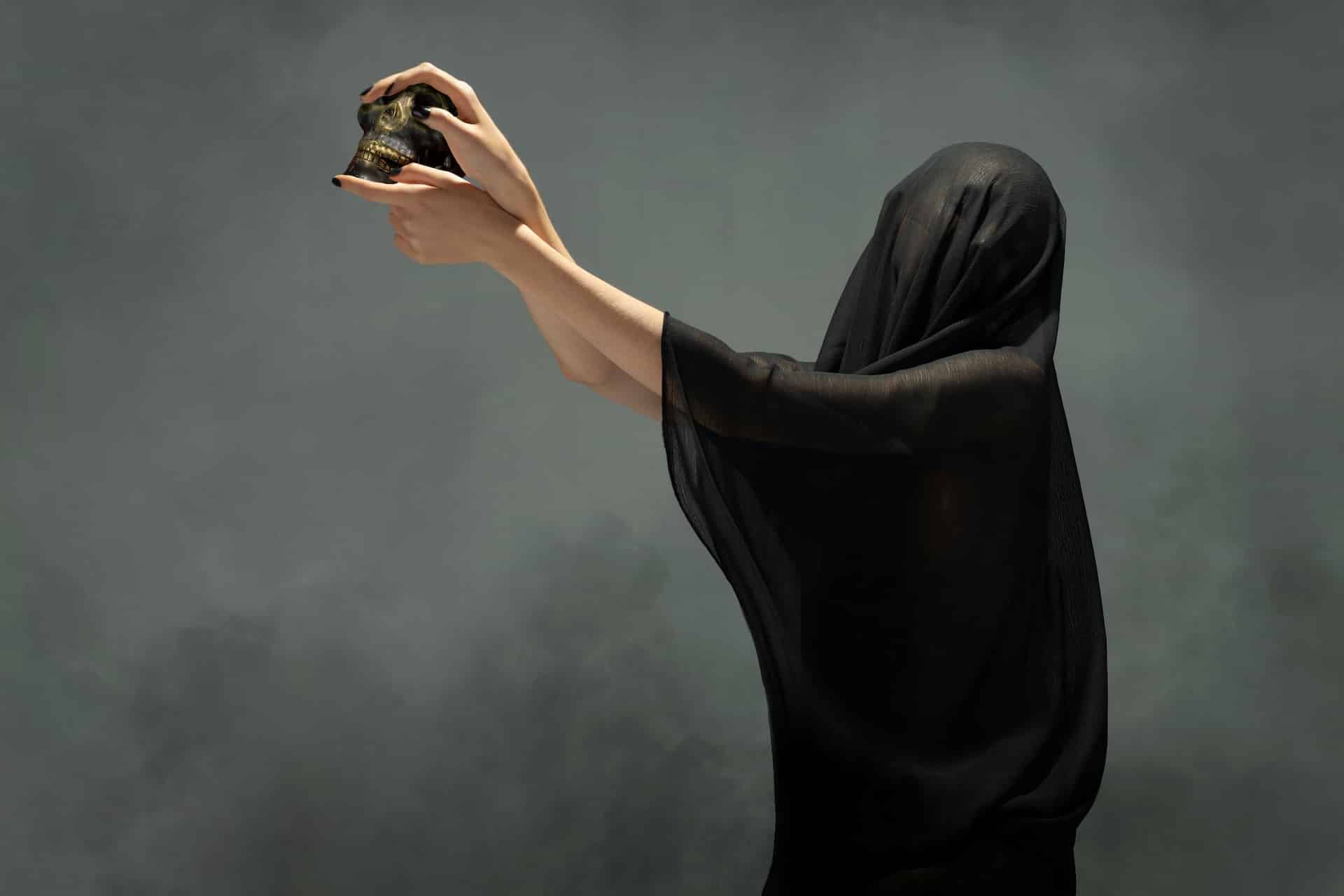
Fine art • Photography types
Fine art photography refers to pictures which don’t strictly represent the reality of what’s in front of the camera. This can involve the use of Photoshop, or in-camera trickery that distorts what’s in front of our eyes.
Think of this form of photography as surrealism but for photographers rather than painters. Above, these butterflies probably were not there– it’s a subversion of reality.
Types of Photography
5. Street Photography
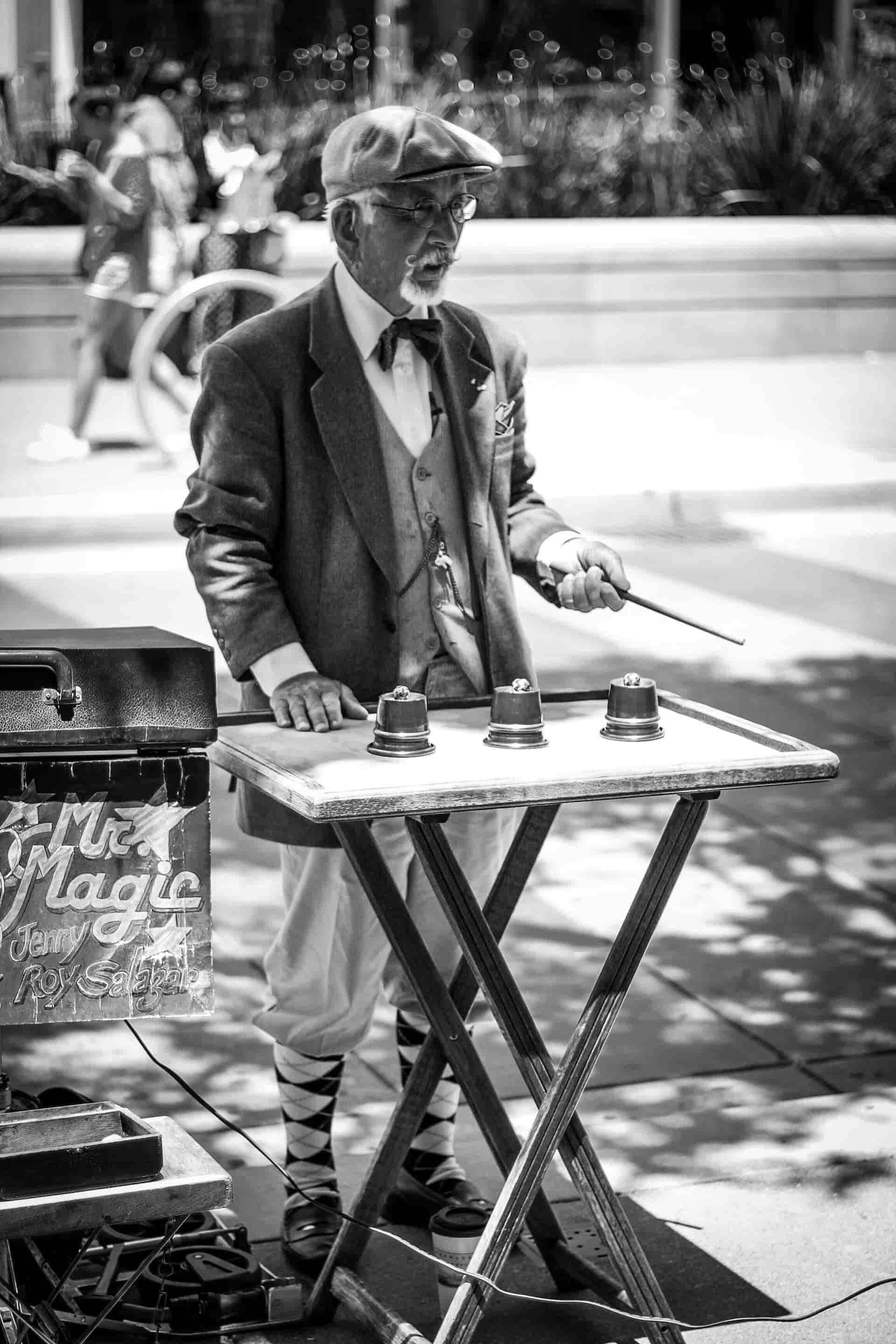
Candid picture • Photography types
Street photography doesn’t mean just photographing streets (though it can be that, kind of). The term refers to taking pictures of everyday happenings. The key here is candidness. Very little planning goes into much street photography because it’s all about spontaneity.
Street photography encapsulates the indexical power of the medium. It captures what is actually happening with crystal clarity. It’s undeniable, and, hopefully, eye-opening.
Types of Photography
6. Aesthetic Photography
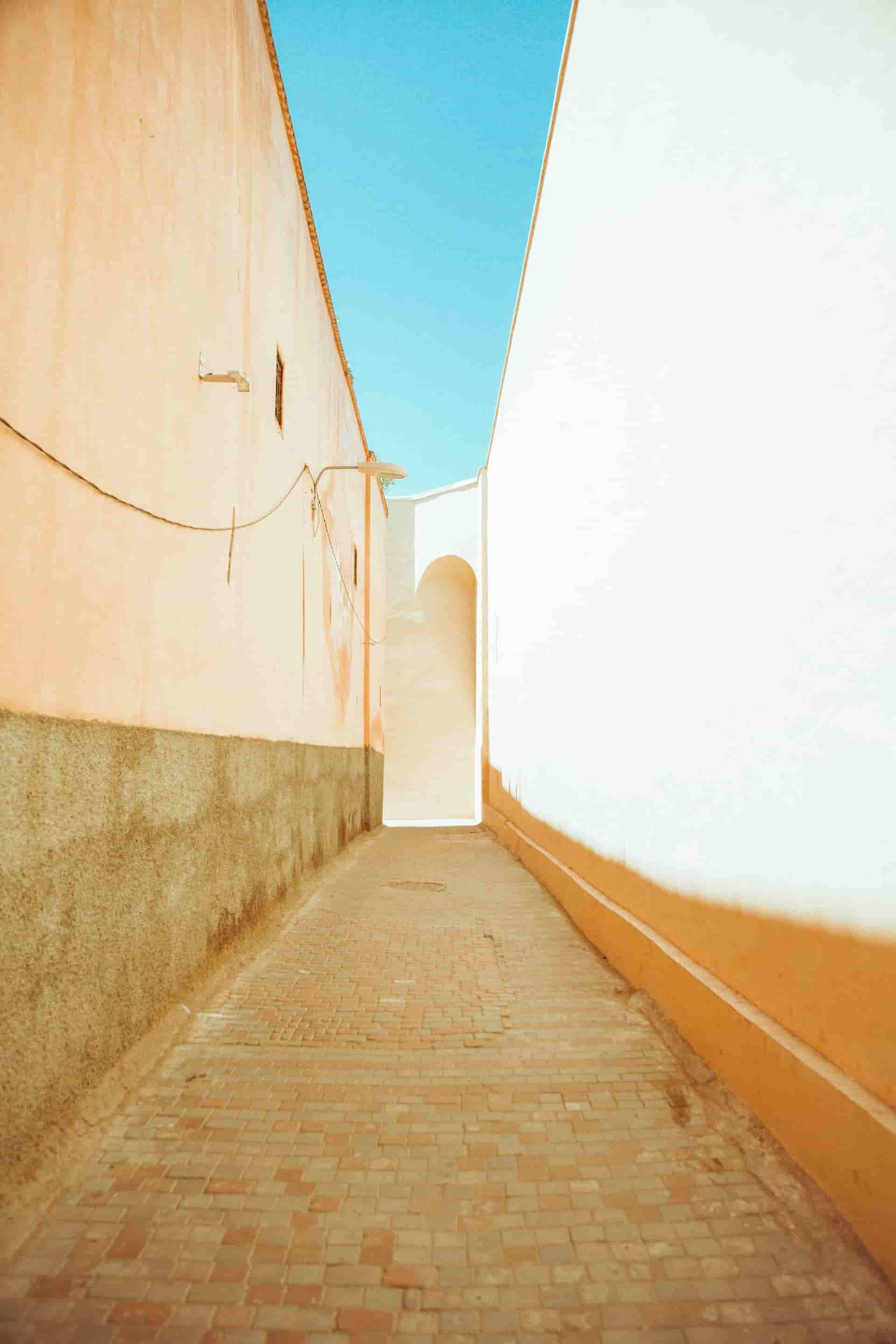
Aesthetic photography • Photography types
The term “aesthetic photography” could technically refer to any photograph. By definition, all pictures have an aesthetic. Whether that aesthetic is appealing or repulsive is another question.
What goes into a photograph’s aesthetic? Color, composition, lighting, mise-en-scène, to name just a few variables. Say you want something with a gritty aesthetic– then you may shoot with low-key lighting, desaturated colors, and a grainy ISO. Aesthetic is what you make of it.Types of Photography
7. Landscape Photography
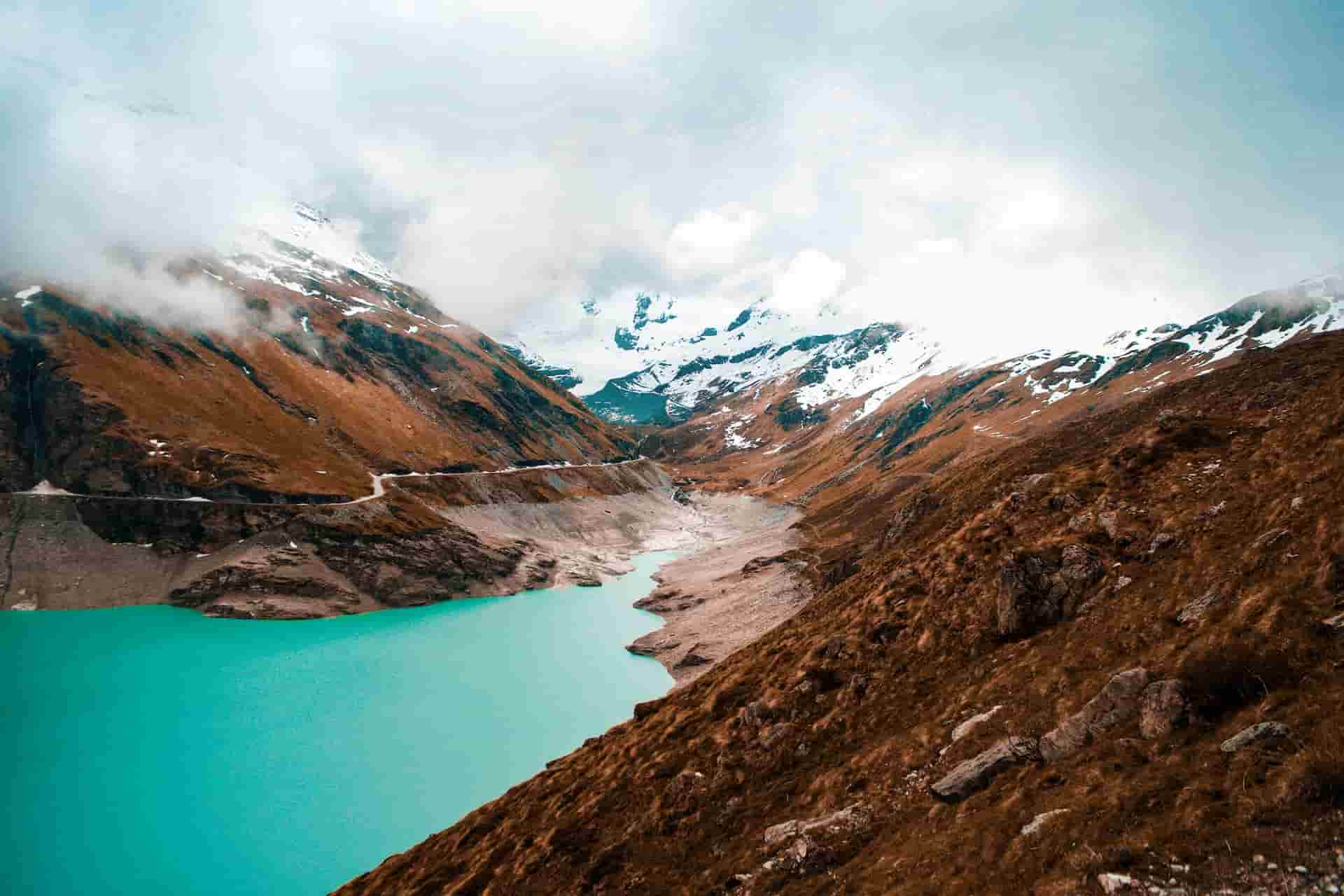
Landscape photography • Different kinds of photography
Landscape photography typically refers to pictures which capture a natural beauty, though it can also refer to man-made landscapes. Really, landscape photography can be defined by what it’s not: a portrait.
Great landscape photography has purpose. We’ve all seen a trillion sunset photos, and most of them are utterly forgettable, even if the sunset they were depicting was beautiful in person. What might make a sunset photo stand out is not the sunset but the purpose behind the photo– the deliberate choices of angle, framing, and lens made by the photographer.
Types of Photography
8. Editorial Photography
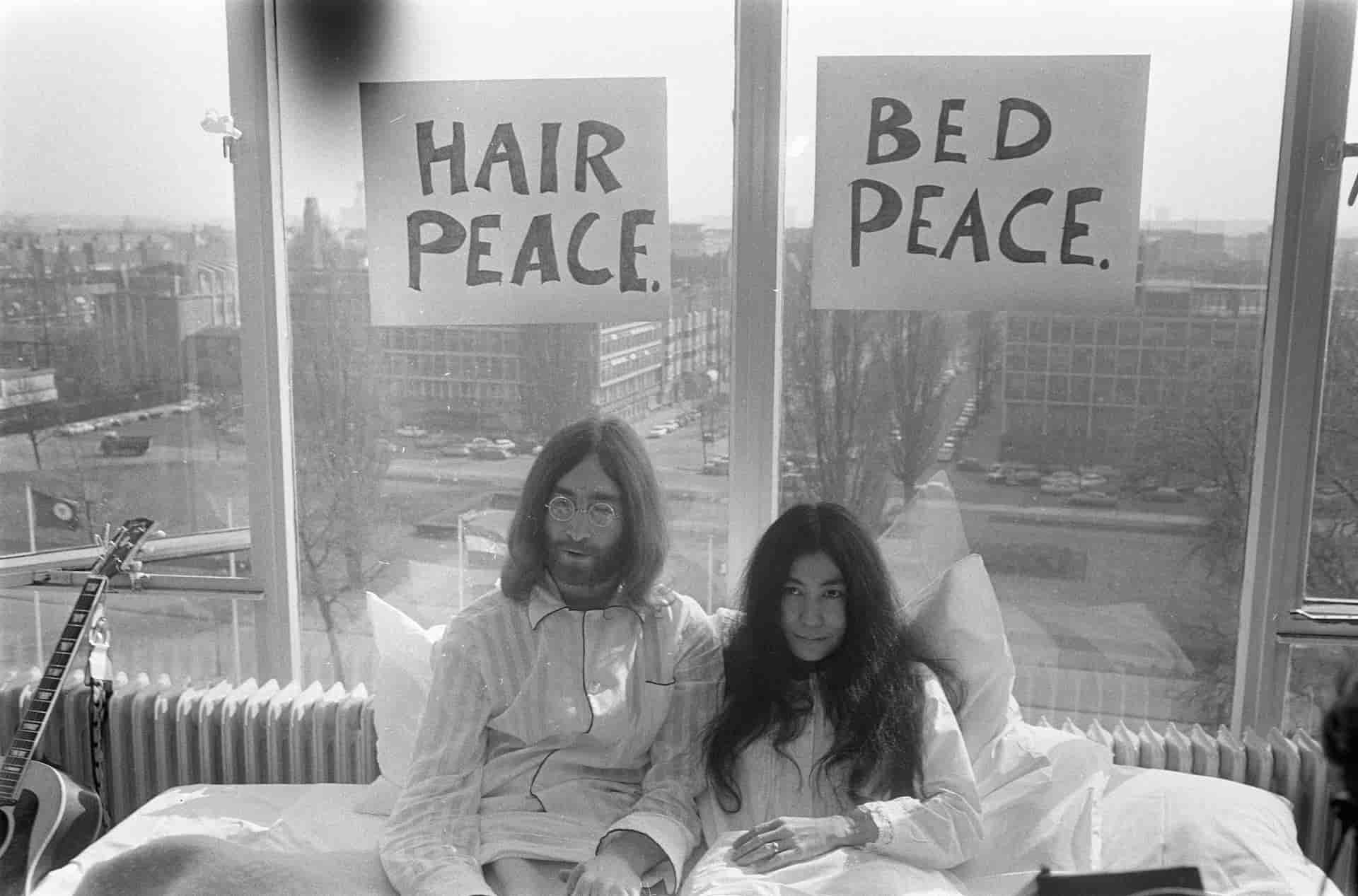
Editorial photography • What types of photography are there?
Much like how landscape photography can be defined by its relationship to portraiture, editorial photography can be understood via commercial photography. Whereas commercial photography is trying to sell a brand, editorial photography is trying to tell a story.
Typically, this story is journalistic. Editorial photography is usually found in magazines, newspapers, and other non-fiction publications. Annie Leibovitz is a famous editorial photographer: she takes portraits meant to tell stories which accompany an article or profile.
Types of Photography
9. Contrast Photography
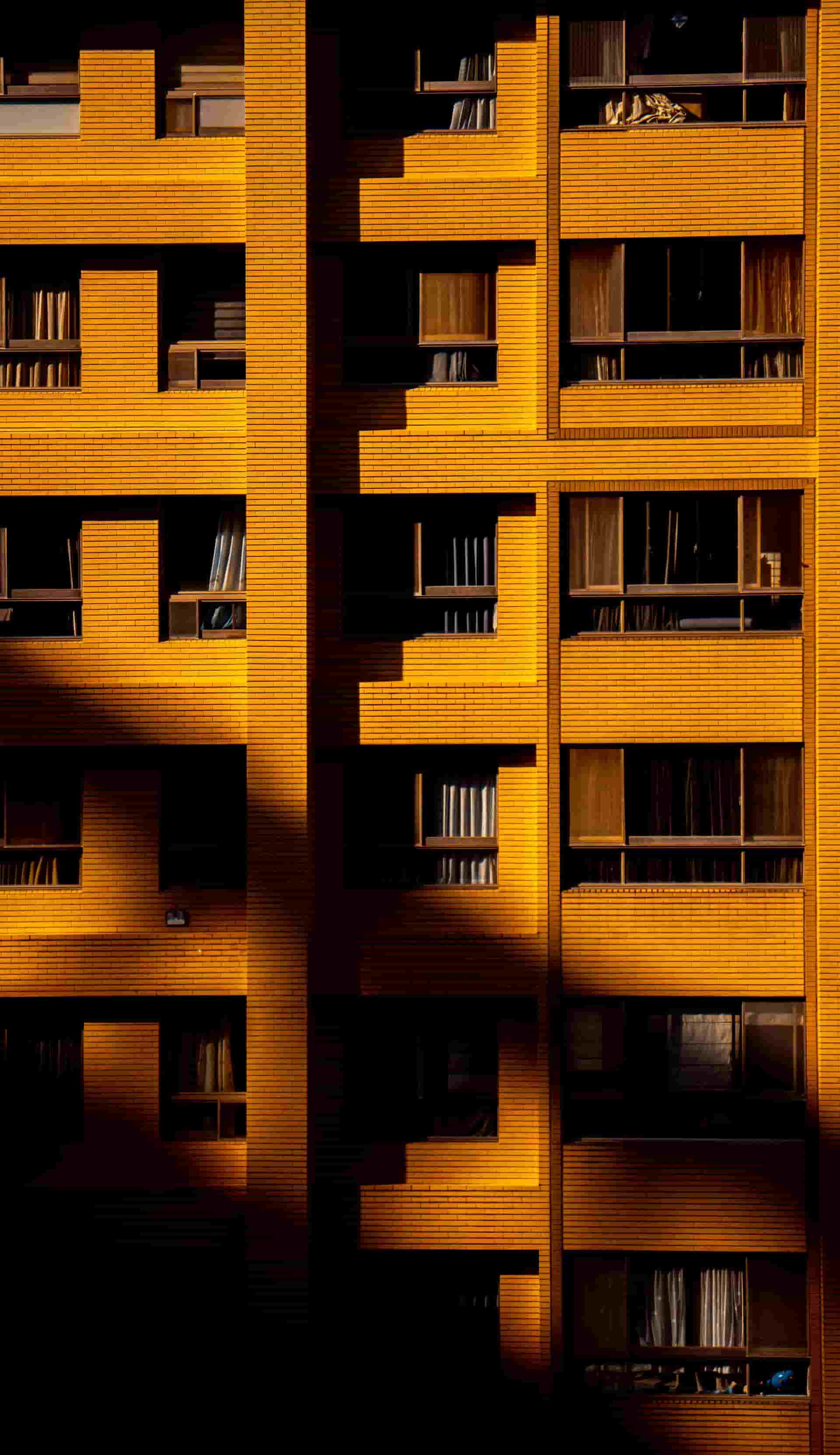
High contrast photography • How many types of photography are there?
Contrast photography often refers to high-contrast pictures. Contrast refers to the difference between the darkest parts of an image and the brightest, so a high contrast image has a larger differential.
Contrast photography can be tricky; it means that you're straddling the lines of both under- and overexposing your photograph. But a well-executed high contrast shot can be striking, with stark highlights and shadows.Styles of Photography
10. Sepia Tone Photography
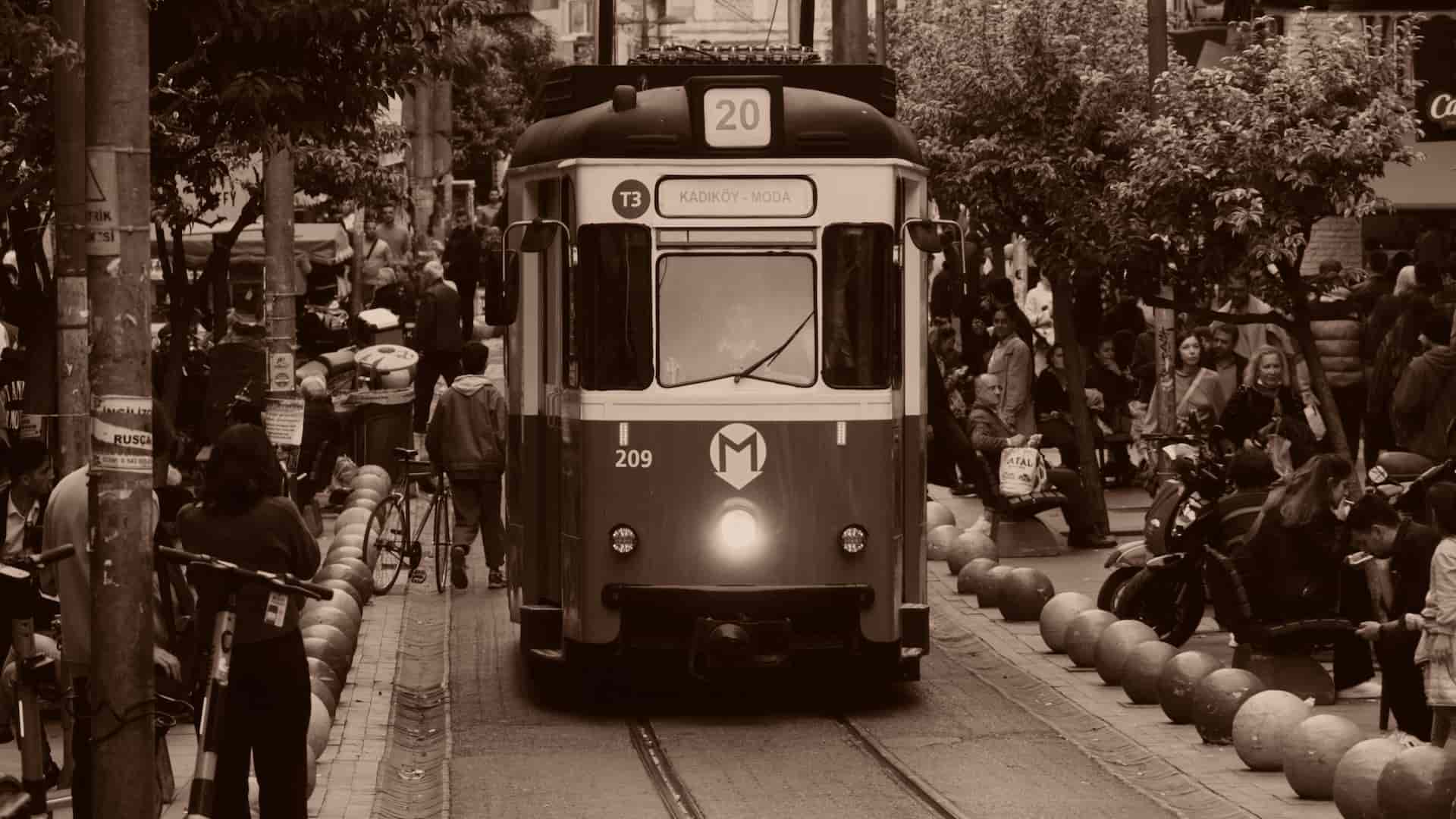
Sepia photography • Types of photos
Sepia tone photography will immediately give your photo an old-timey feel. This is because sepia was most popular in the late 1800s, due to the chemical processing of film that was prevalent at the time. As such, we associate the gold-hued monochromatic image with portraits of turn-of-the-century prospectors.
This doesn’t mean sepia is a thing of the past. Even though the chemical necessity of it is no longer a factor, going sepia can give your black-and-white picture an entirely different feel. Still, it’s probably best to use it sparingly; sepia can quickly make a photo look gimmicky (see: turn-of-the-century prospector).
Styles of Photography
11. Sports Photography
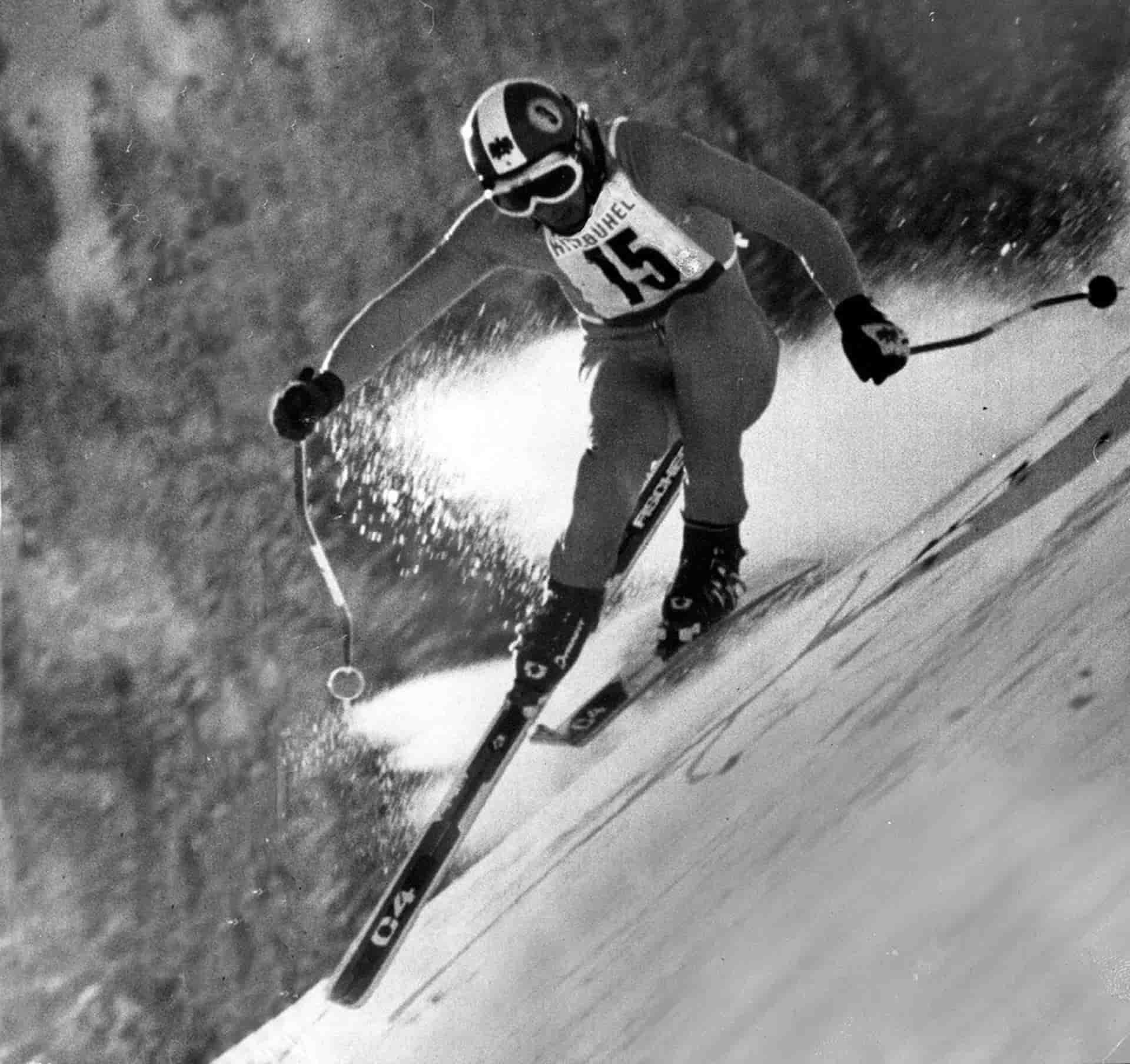
A picture of sports • Types of photoshoots
This one doesn’t need much explaining. Sports photography is the photography of sports. Running, jumping, tackling, throwing– it’s all covered here.
But just because it’s easy to explain doesn’t mean it’s easy to do. Sports photography usually requires incredibly fast telephoto lenses and incredibly fast reaction time. An athlete isn’t going to score their game winning goal twice. A fast, long lens is a must because of the pace of the game– a slower lens will get muddied with motion blur, not ideal for most outlets paying for sports photography.Styles of Photography
12. Natural Light Photography

Natural light photography • Types of pictures
Natural light photography uses light which is not artificial. Usually, this is the sun, but it could be the moon (which is also technically the sun’s light, but hey, this isn’t an astronomy class).
Natural light is great for someone lacking artificial lights, and for anyone trying to capture the great outdoors with maximum realism. The main drawback: you have far less control. The sun is going to do what the sun is going to do: hide behind a cloud, set at a certain time, etc.. You’re largely at the whim of this star, but you can shape it, arranging your subject strategically and employing bounce boards.Styles of Photography
13. Black and White Photography
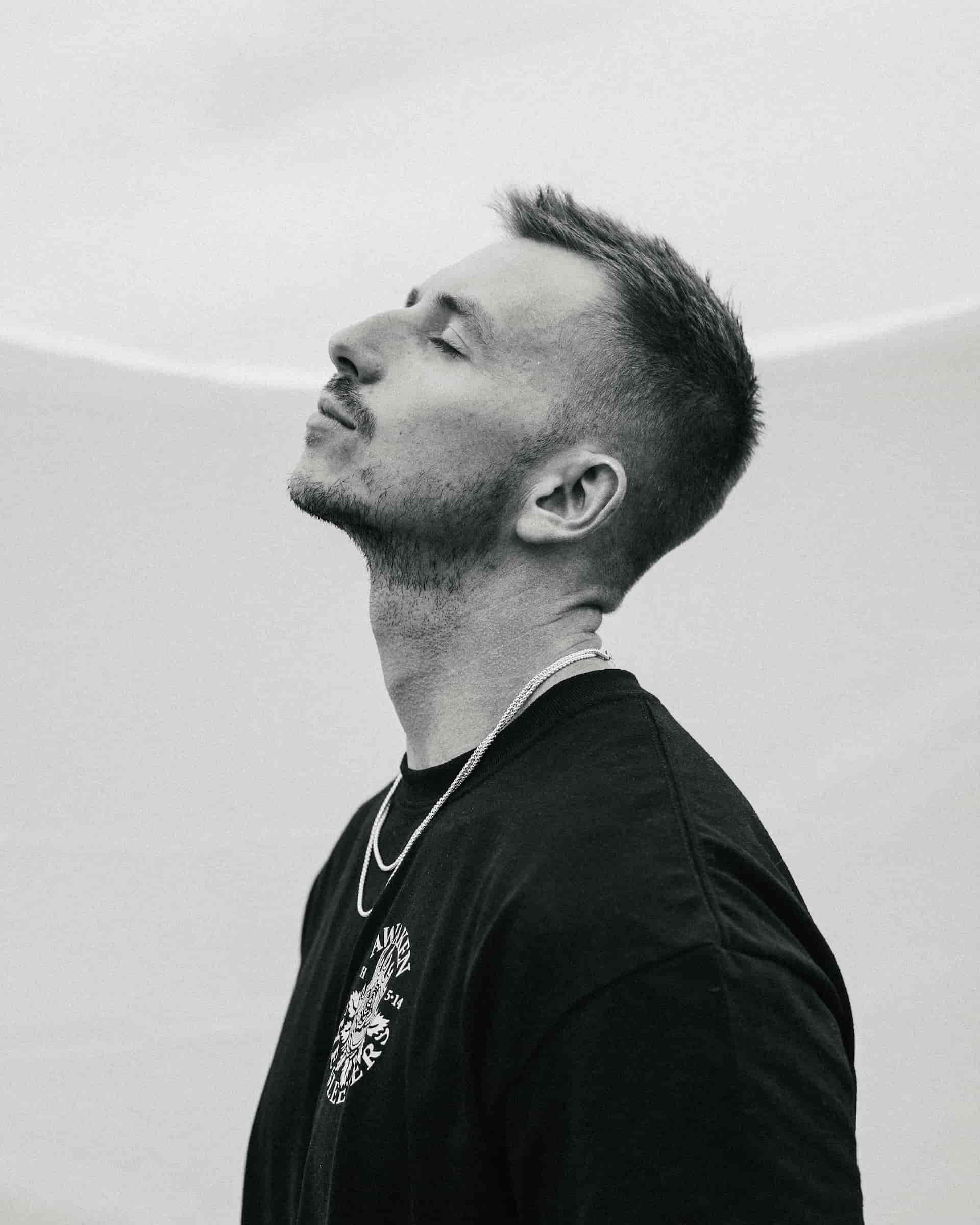
Black and white photography • Genres of photography
Black and white photography refers to a picture that lacks any saturation– it is entirely shades of gray. Black and white photography, like sepia, is an older type of picture taking, due to limitations to the technology in its infancy. But unlike sepia, B&W in photography is less linked to the past.
Desaturated images can still feel modern and urgent. Black and white photography requires a keen attention toward contrast, composition, and lighting– there is no distraction afforded by color.
It’s important to note that black and white is not equivalent to monochromatic. Monochromatic refers to an image which has a gradient of one color. This can be black and white, but it could also be, say, purple.Styles of Photography
14. Glamour Photography
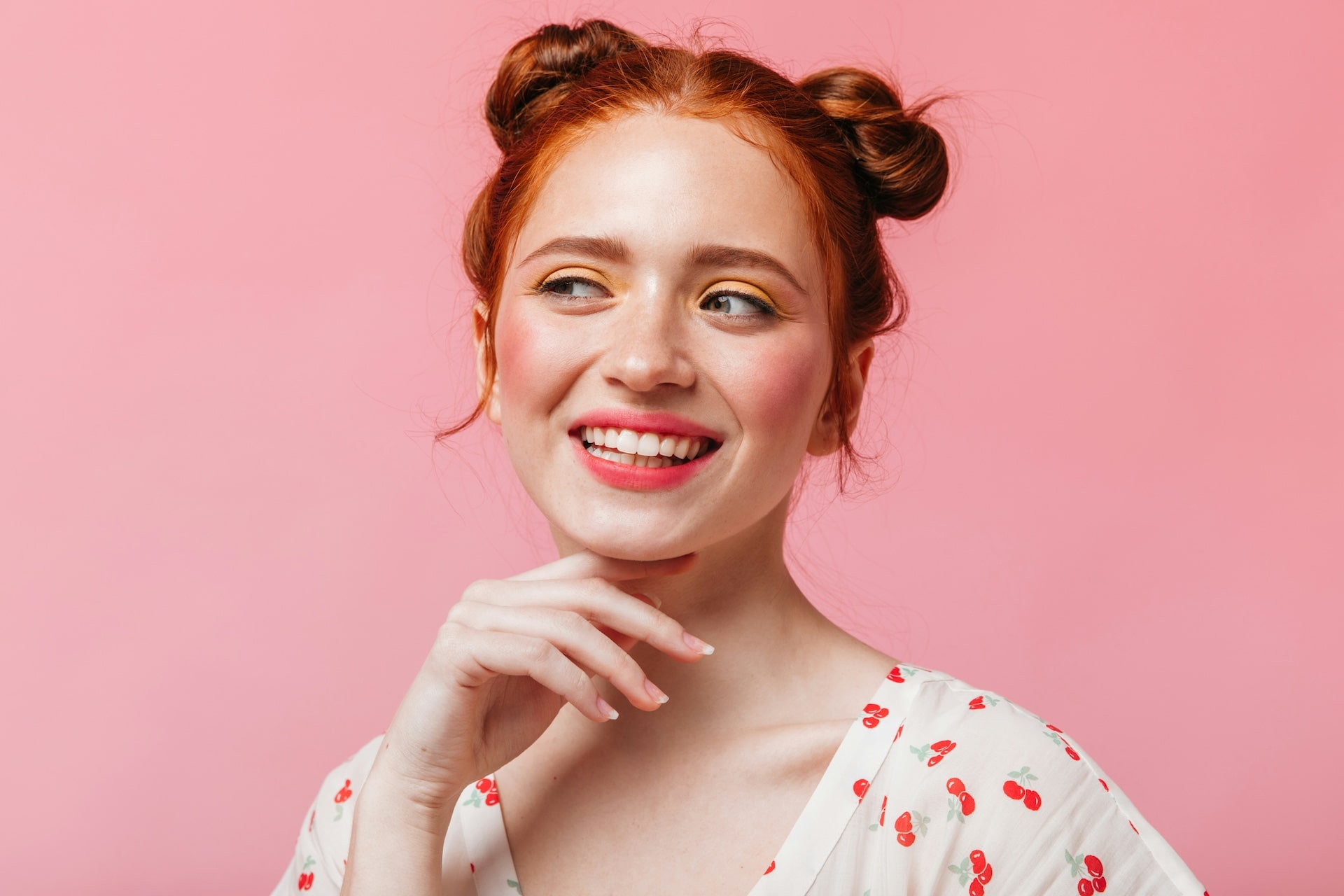
Glamour photography
Glamour photography is all about capturing the beauty of a human subject. This is typically the type of photography where models make their bread. Glamour photography uses everything at its disposal to make a subject look great.
Of course, this may mean many things. A photographer may employ flattering lighting, a careful lens choice, or a soft filter. But other professionals might be involved as well, like makeup artists and fashion designers. It takes a village to create unrealistic beauty standards.
Styles of Photography
15. Wedding Photography
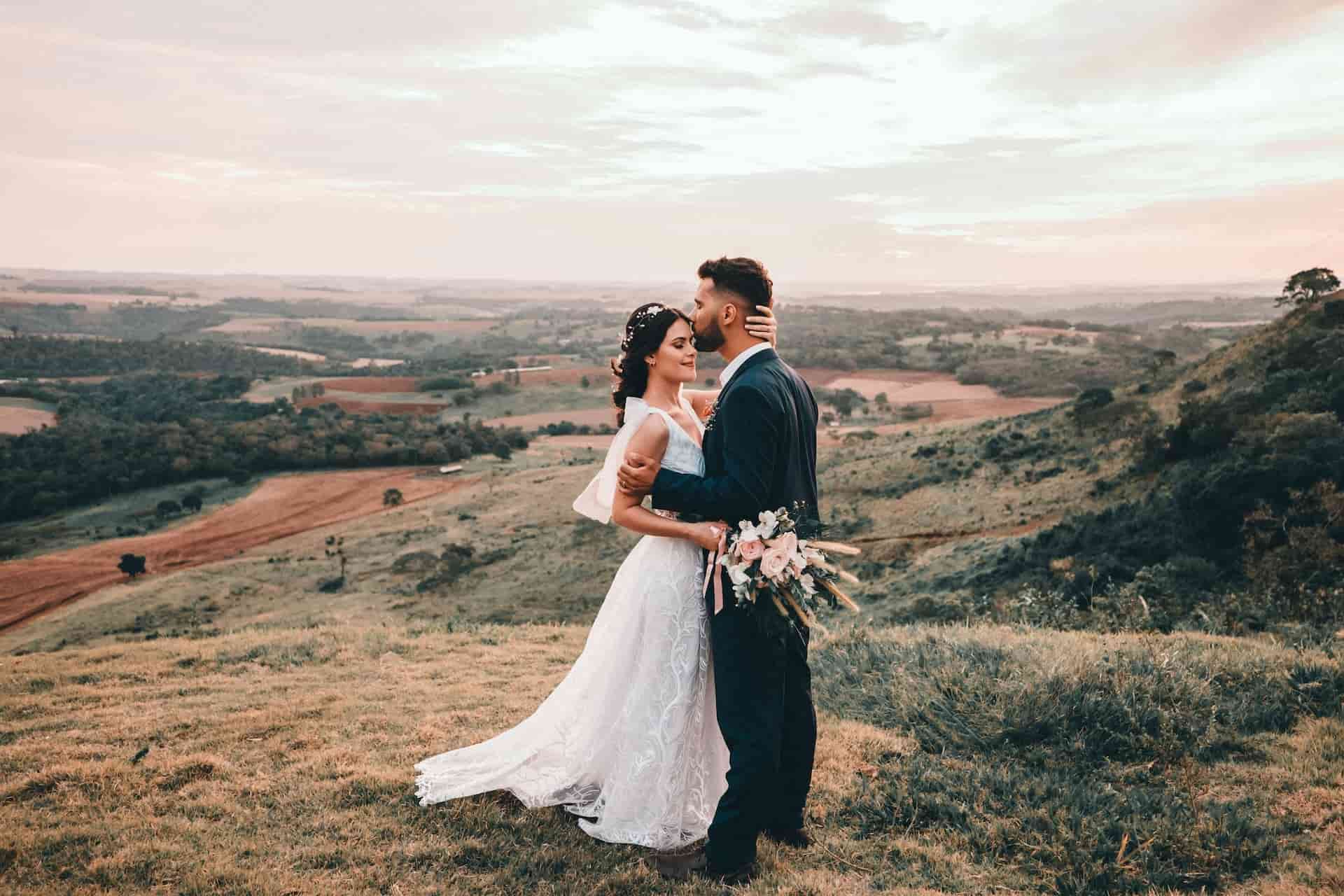
Wedding photography
Want to try to guess what wedding photography refers to? Most people have a very specific conception of the wedding photography profession, often assuming that it requires less creativity on a photographer’s part than in other fields.
But this isn’t always the case. A great wedding photographer can bring in unique ideas to a pretty stale genre. Their mission is to try to represent the essence of a couple in a photograph. That’s a difficult task, and one which requires people skills beyond skills behind a camera.
Styles of Photography
16. Portrait Photography
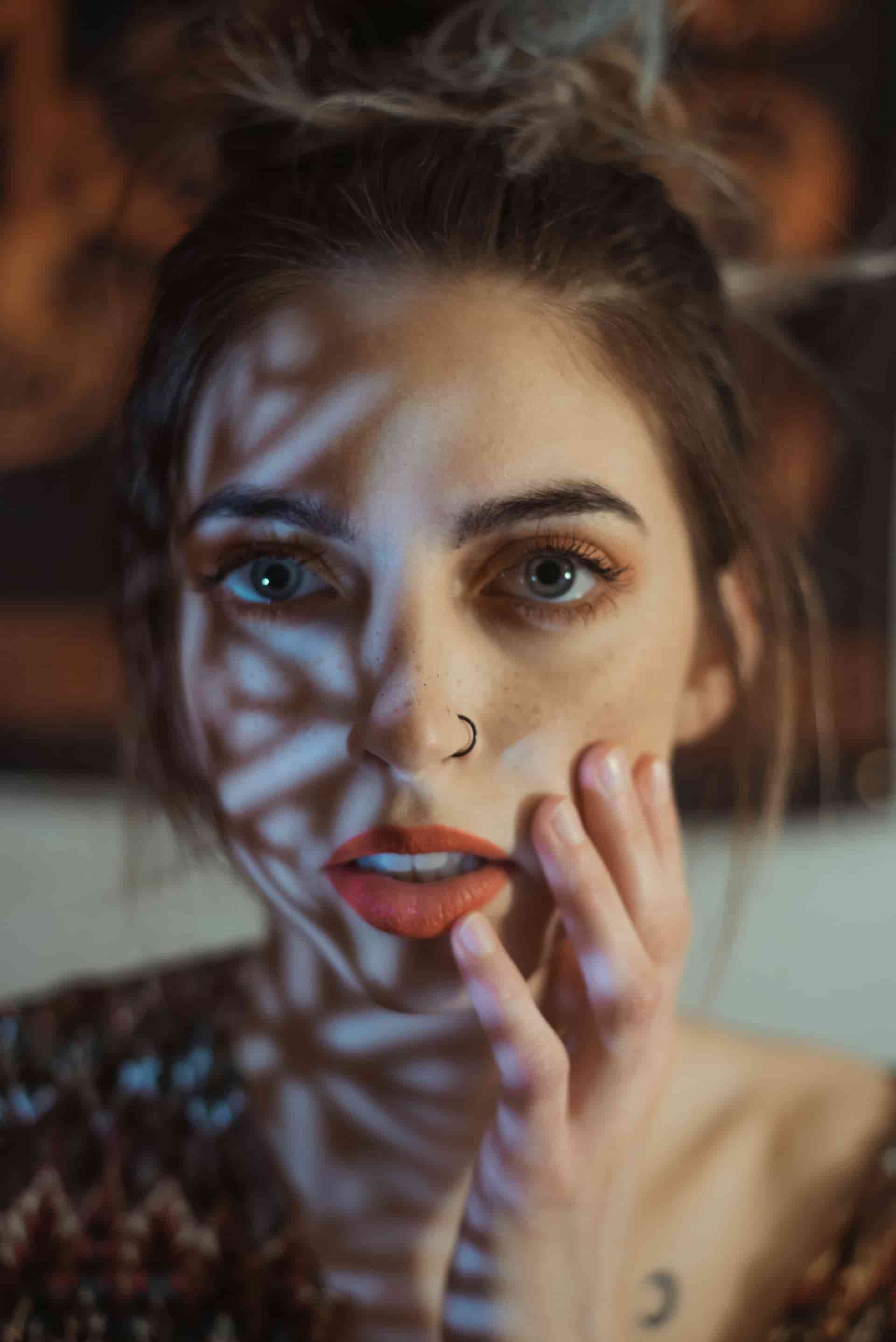
Portrait photography
At its core, portrait photography is the opposite of landscape photography. Instead of taking pictures of expansive landscapes, you are taking pictures of specific subjects.
Portrait photography is typically associated with pictures of people, but it can also include animals as well. The idea remains the same: trying to create a compelling depiction of a living being. What do you want people to think of this subject? In what context should this subject be seen? These are questions a good portrait photographer will ask themselves.
Styles of Photography
17. Film Photography
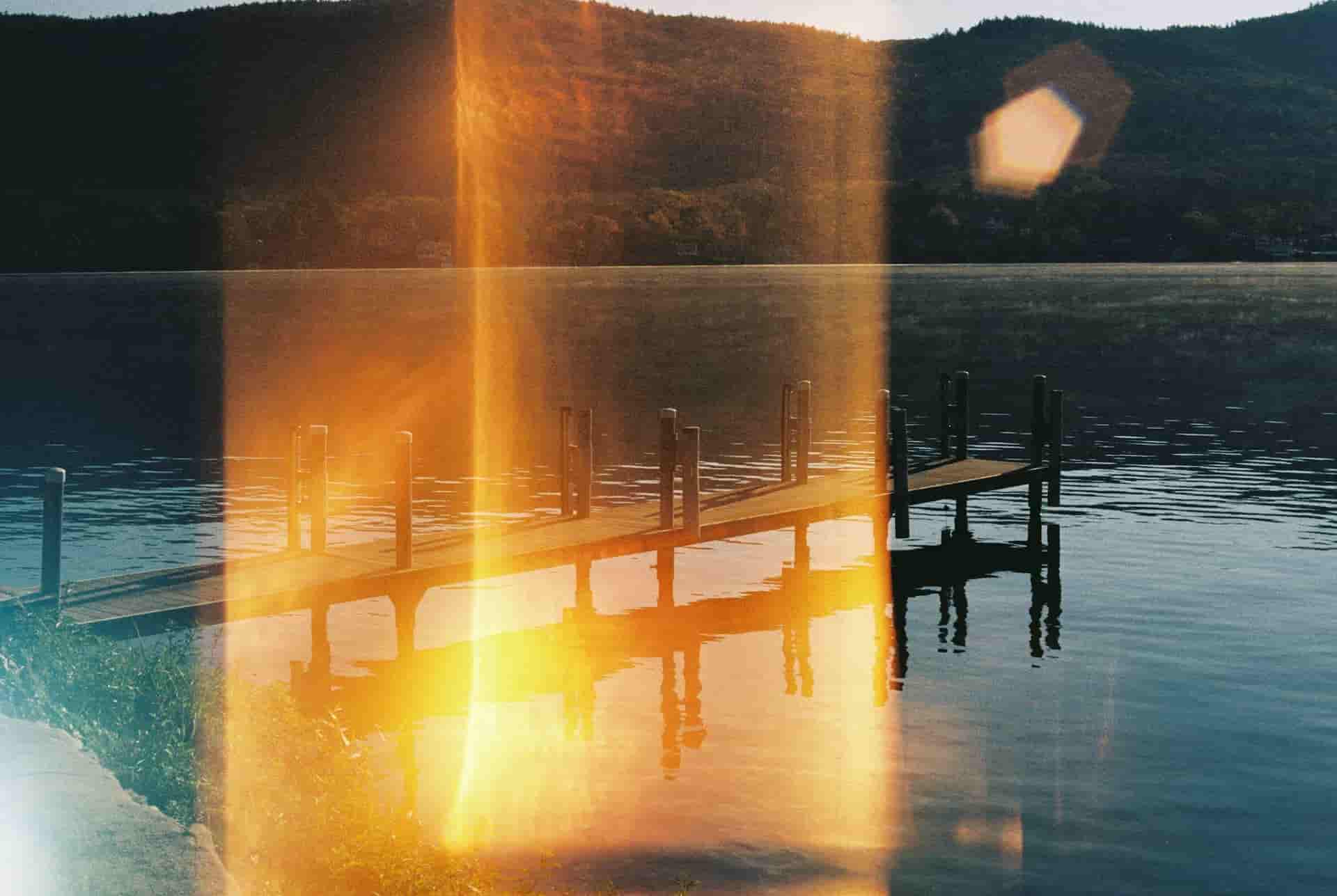
Film photography
While portrait photography is categorized by what’s in front of the camera, film photography is defined by what’s inside it. Film photography refers to taking photos on film rather than digitally.
Of course, with the rise of very high-quality digital cameras, film’s ubiquity has waned. But its distinct analogue aesthetic still has a place in many photographer’s hearts. No matter how much you try to make your digital shot look like it was on film, it never matches the real thing.
Styles of Photography
18. Event Photography
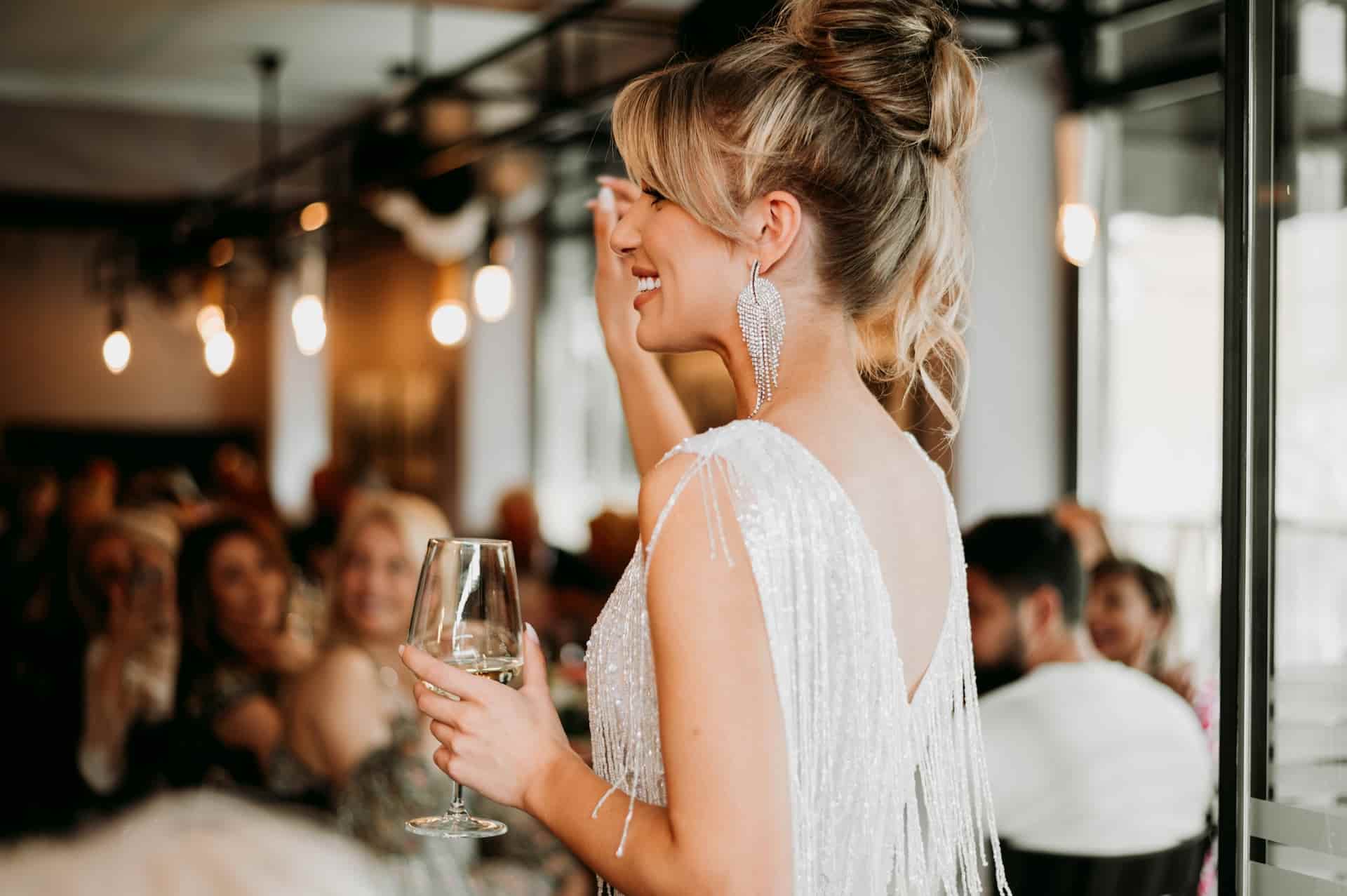
Event photography
With event photography, you need to be quick on your feet. Being an event photographer often means capturing things that aren’t going to happen again. You’re not working with models, you’re just along for the ride.
As such, event photographers are typically camera gurus, able to quickly adjust settings to capture a flash in the pan. Usually these photographers will want to avoid motion blur and shallow depth of field, which means using exceedingly fast lenses.
Styles of Photography
19. Macro Photography
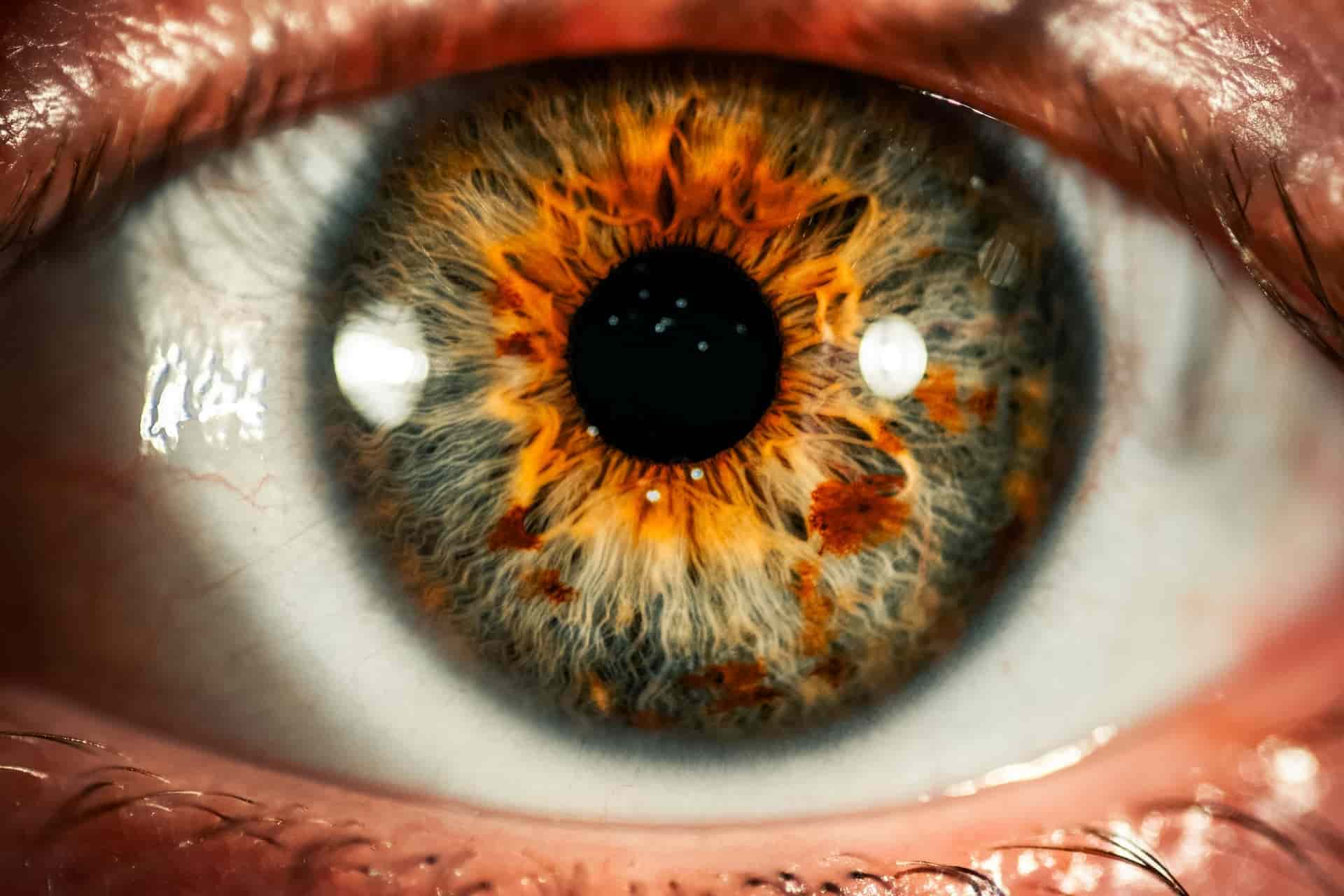
Macro photography
Put simply, macro photography refers to photographs of extremely small subjects. Some sticklers, however, argue that true macro photography is where the magnification ratio (the size of the subject on the camera’s lens in comparison to its real-world size) is at least 1:1. In other words, the object should be hitting the camera’s sensor at its actual size or larger.
As you might imagine, macro photography typically requires special attention to equipment. You’ll need a lens with a very small minimum focusing distance so that you can get very close to the subject. The lens will also probably have to be pretty long to magnify the subject enough to qualify as truly macro.
When done right, a macro photograph can reveal the hidden worlds of objects overlooked by the naked eye.
types of Photography
20. Brand Photography
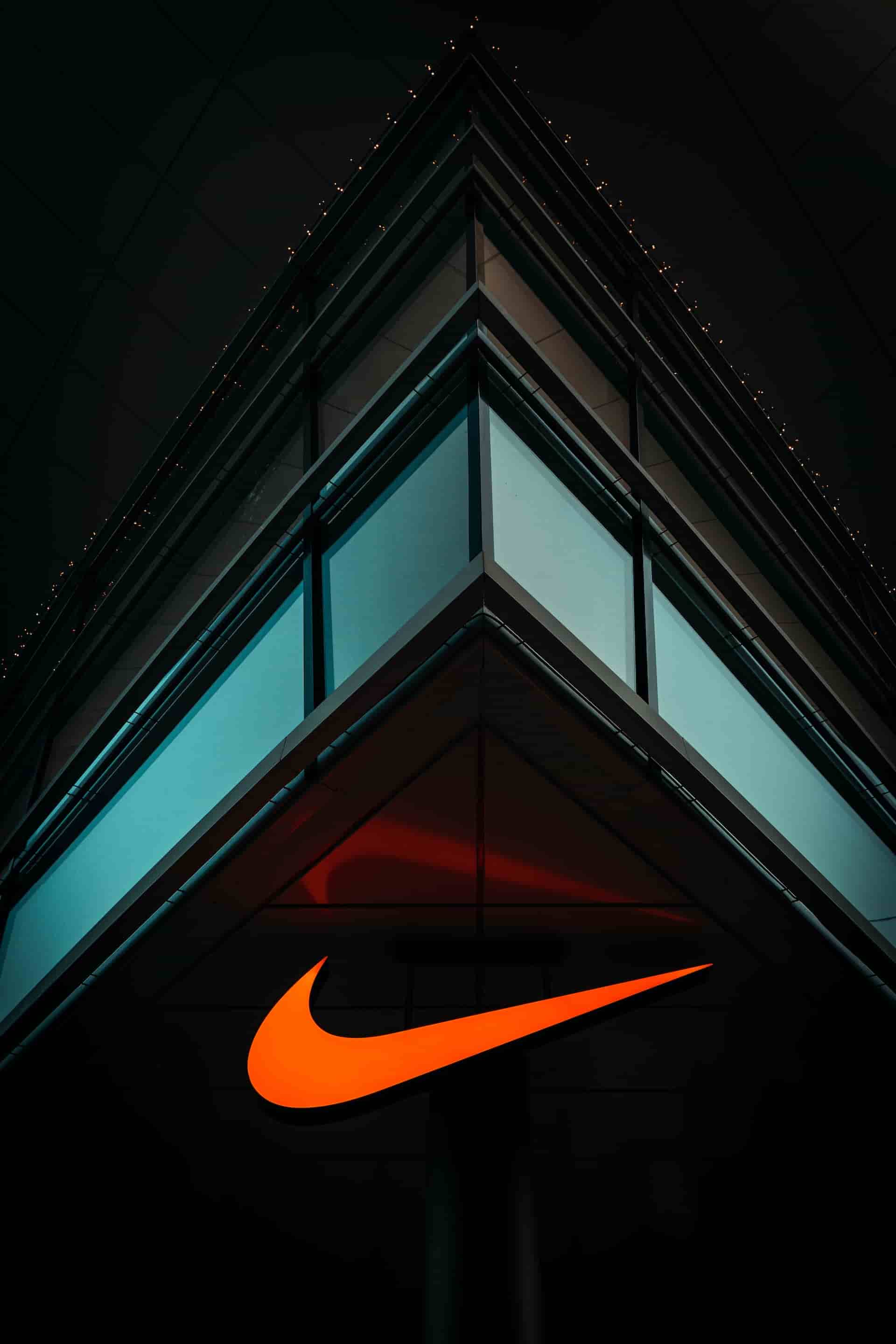
Brand photography
Today, a brand’s visual identity is crucial. Even a business that is barely consumer-facing at all will have a cohesive visual palette. Much of this visual identity comes from graphic design, but brand photography is also crucial.
These can be photographs of a brand’s products at work. Think of a Nike billboard where a model is running in the company’s shoes. But even corporations without a tactile product might utilize brand photography. A hedge fund might have photos of cityscapes and happy families on its website to make it feel more approachable.
types of Photography
21. Long-Exposure Photography
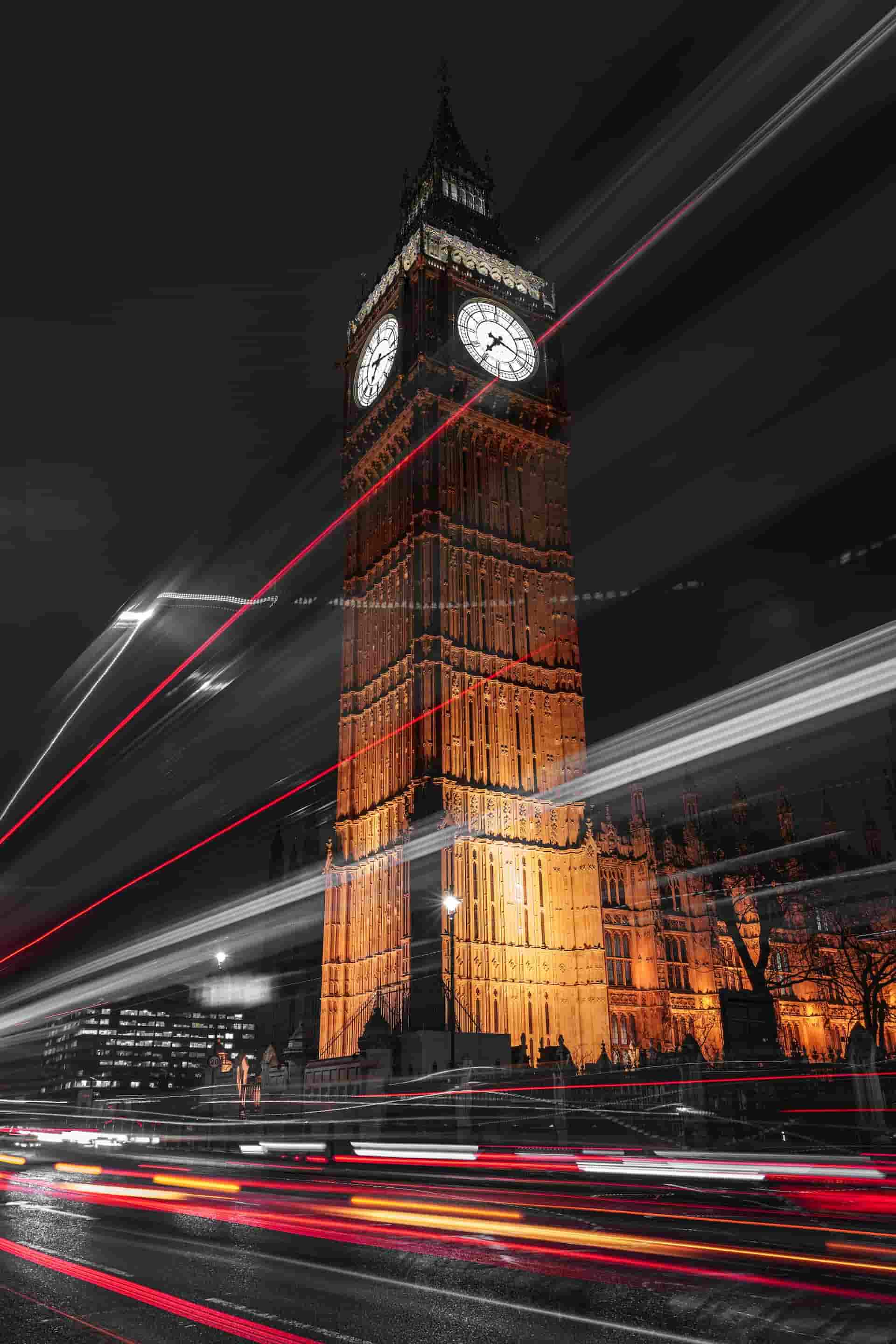
Long-exposure photography
Long-exposure photography is defined by a camera setting. Intuitive readers may have guessed that said setting is exposure; that is correct, but it’s also a bit more specific. Long-exposure photography refers to a picture where the shutter speed is particularly slow.
A slow shutter speed creates extreme motion blur. This can emphasize movement, or, if done with light sources, can create an entirely new visual landscape. Used deliberately, long-exposure photography can add meaning to an image that wouldn’t be present with a fast shutter speed.
types of Photography
22. Wildlife Photography
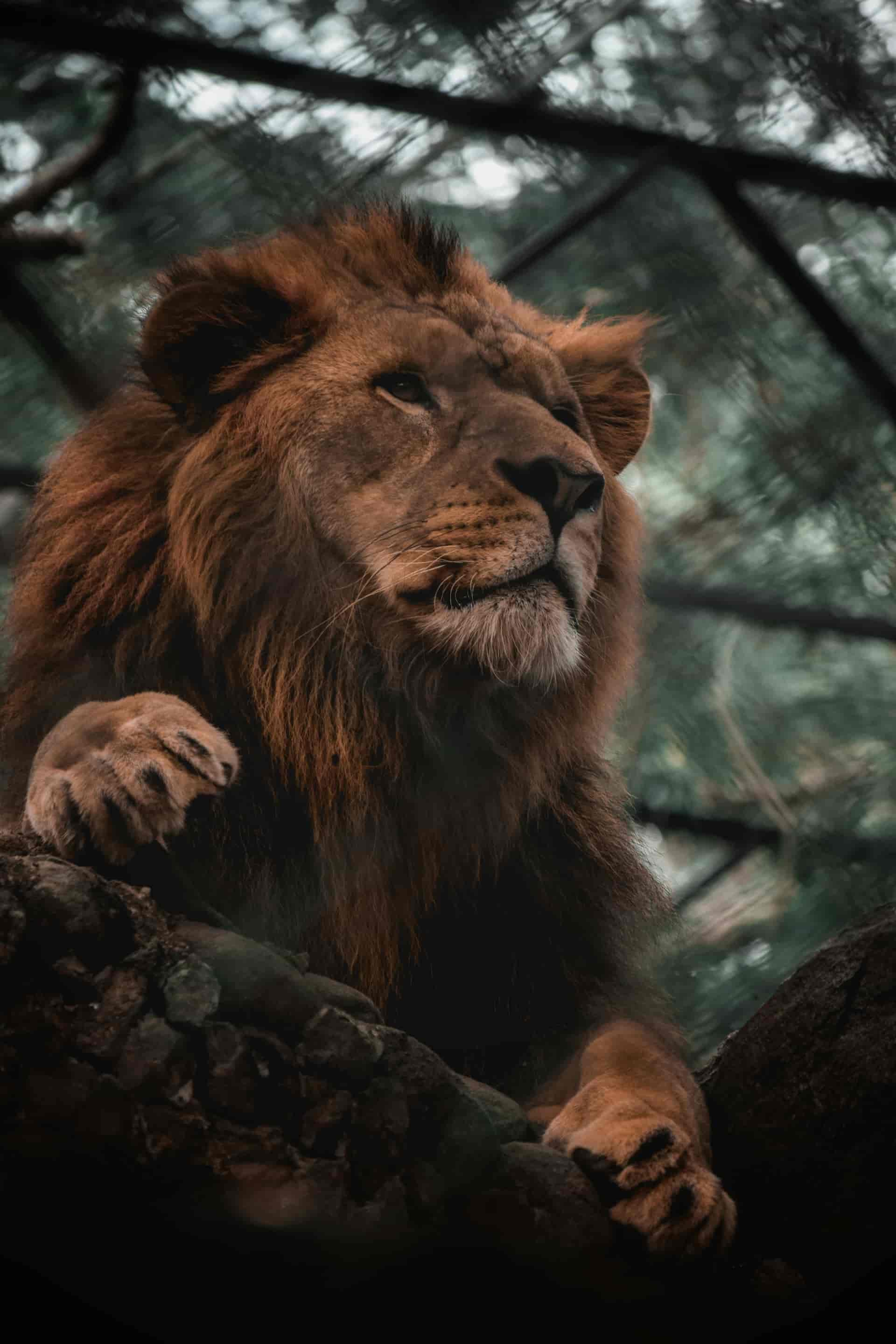
Wildlife photography
Great wildlife photography can inspire wonder, transporting viewers to remote jungles or distant deserts. Wildlife photography is a mixture of scientific observation and artistic flourish, attempting to capture the essence of an animal in its natural habitat.
There are many considerations a wildlife photographer must make when they are trying to capture their next great animal portrait. Will they be able to get close to the creature? If not, they’ll need to use a telephoto lens. When is the animal most active? If it’s at night, they may need to utilize infrared cameras.
Wildlife photography requires extensive knowledge of both a biome and a camera, as well as patience.
types of Photography
23. Nature Photography

Nature photography
Wildlife photography is a type of nature photography, but not all nature photography is wildlife photography. In other words, nature photography can capture any aspect of the natural world, whether it be animals, plants, or expansive vistas.
As such, nature photography will often use the techniques of other types of photography we’ve mentioned, like landscape, macro, long exposure, and natural light. Being a nature photographer can be extremely difficult, requiring skill not just in the medium but in outdoorsmanship.
Remember: a beautiful piece of nature doesn’t inherently create a beautiful picture.
types of Photography
24. Real Estate Photography

Real estate photography
Now let’s focus on the man-made. Real estate photography is a fundamental pillar of the real estate business, both residential and commercial. This type of photography is pivotal in helping attract potential buyers to a property.
Real estate photography has its own unique and complex visual language, all with the goal of presenting a property in a pleasing light. Many real estate photographers are masters in visual clarity. They need to situate a viewer in a property, representing the layout of the building while also highlighting architectural details.
This typically requires high-key lighting, wide angle lenses, and a sharp eye for composition.
Up Next
What is Photography?
We’ve gone through the types of photography (and there are many more); now let’s zoom out. What is photography? What counts as an entry into the medium and what doesn’t? What’s the technology involved? All these questions and more will be answered in our article on the artform.
Up Next: Photography Explained →
Showcase your vision with elegant shot lists and storyboards.
Create robust and customizable shot lists. Upload images to make storyboards and slideshows.
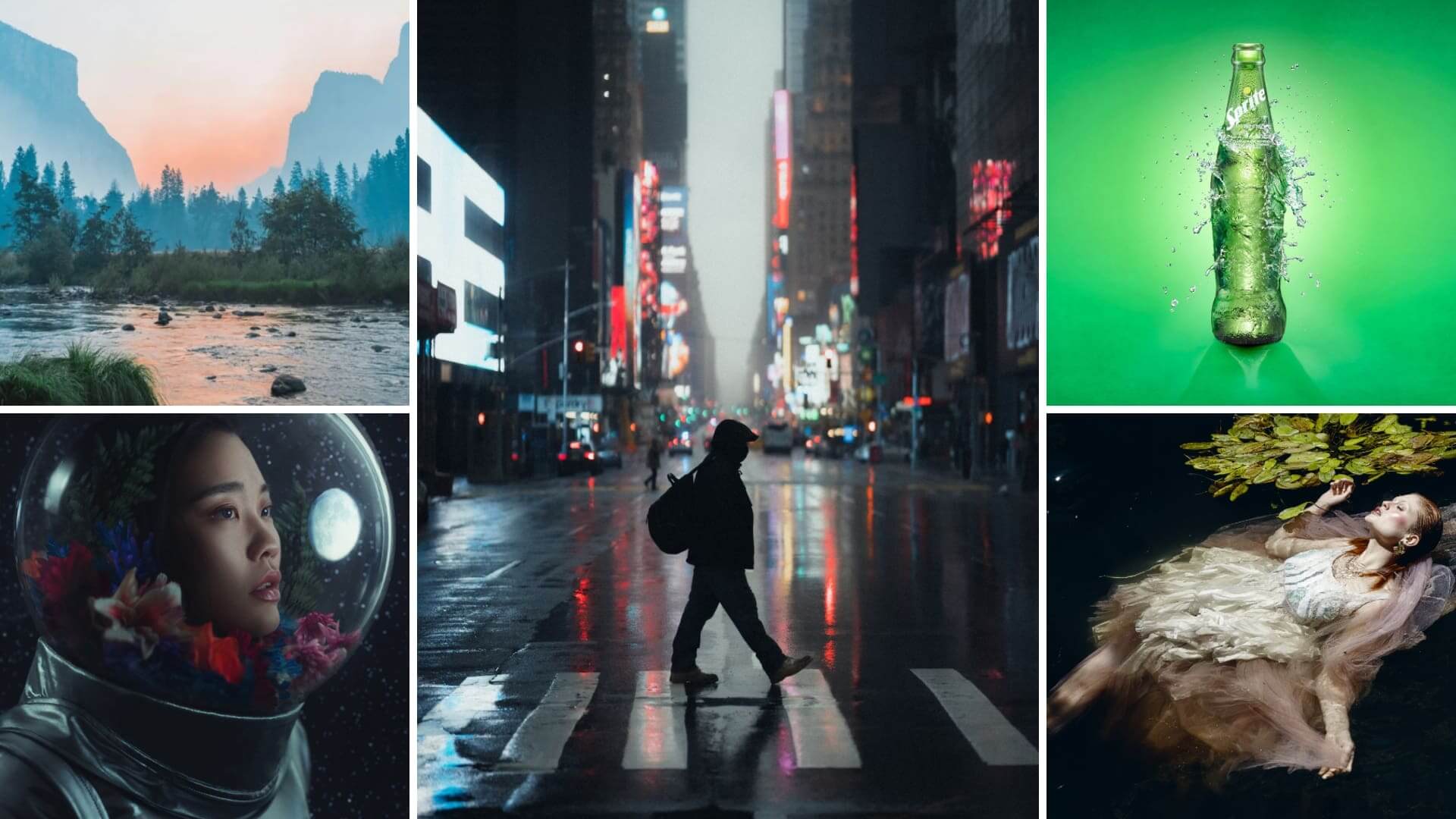
Thnks for this knowledge 🙏
Thanks for the useful information.